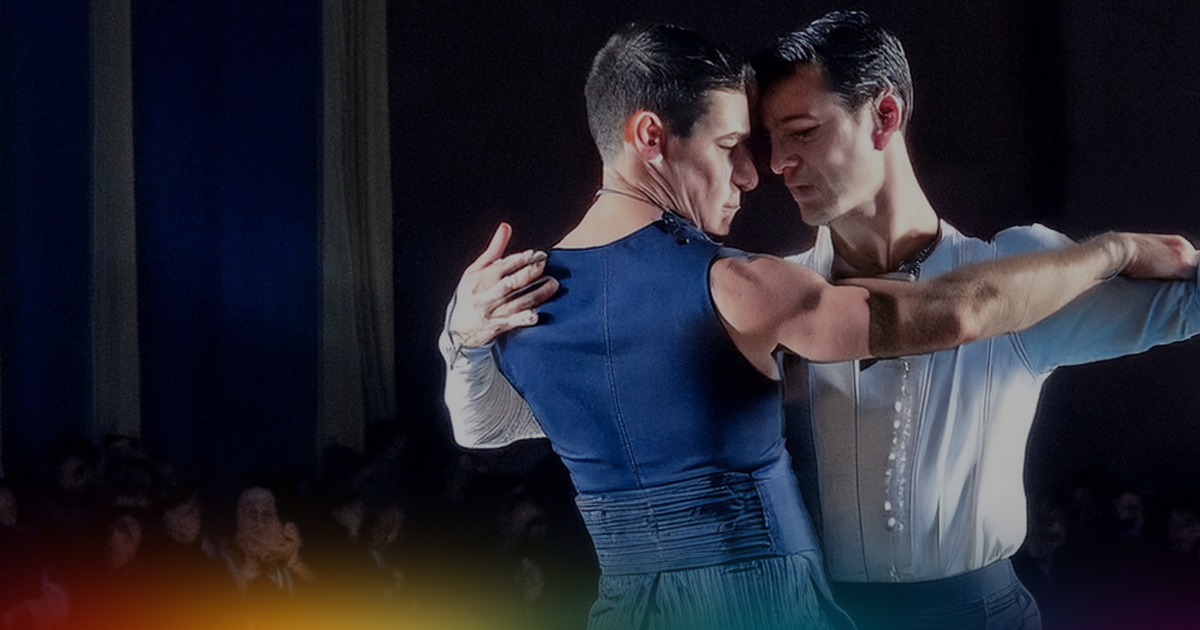
Buenos Aires Through A Queer Lens:
A Dandy Guide to Argentina’s Boldest City
A City of Tango, Rebellion & Queer Legacy
Buenos Aires is a city of grand gestures and whispered poetry, where history is etched into elegant façades, and the past and present waltz together in a never-ending tango. It is, by its very nature, dramatic—and really, what could be more queer than that?
From underground speakeasies that once sheltered hidden desires to today’s thriving LGBTQ+ scene, Buenos Aires has always been a city where queerness finds a way—sometimes in defiance, sometimes in plain sight, but always with a certain je ne sais quoi.
So, my dear adventurer, slip on your finest linen suit, perfect your smoldering gaze, and let’s explore the Argentine capital through a queer and historical lens.
A City Built on Rebellion: The Queer Legacy of Buenos Aires
Buenos Aires has always been a city of rule-breakers. It fought for independence, redefined music and literature, and became a refuge for those who dared to live beyond convention.
Queerness here has historically existed in the margins—woven into the verses of Argentina’s greatest poets, whispered between tango dancers, and pulsing beneath the city’s polished exterior.
Today, Buenos Aires is one of Latin America’s most LGBTQ+-friendly cities. Argentina was the first country in the region to legalize same-sex marriage (2010), and its Gender Identity Law (2012) remains among the most progressive in the world, allowing individuals to self-determine their gender without medical or legal barriers.
But to truly know Buenos Aires as a queer traveler, you have to walk its streets, hear its stories, and step into the places where history was made.
The Tango: A Dance of Defiance
Ah, tango. Passionate, melancholic, and born of immigrant neighborhoods and rebellious spirits.
In its early days, tango was raw, intense, and defied gender norms. In the milongas (tango halls), men often danced together—not necessarily as a queer expression, but out of necessity. Yet in this dynamic, there was an unspoken defiance—an intimate moment that challenged rigid gender roles.
Milonga Queer: The Tango, Reimagined
Today, Buenos Aires embraces this history with Milonga Queer—a space where dancers of any gender can choose to lead or follow, breaking the old rules and redefining tango for a modern, inclusive world.
If you do one thing in Buenos Aires, make it this: step into a tango hall, let the music wrap around you, and experience the pulse of a city that has always understood that passion and resistance go hand in hand.
Café Culture & Queer Intellectuals
Buenos Aires thinks best over coffee.
The city’s historic cafés are more than just places to sip espresso doble—they are institutions, gathering spaces for writers, intellectuals, and revolutionaries. Among them were many queer voices, shaping Argentina’s cultural landscape.
☕ Café Tortoni: A grand belle époque café where Federico García Lorca—Spain’s great queer poet—fell in love with Buenos Aires’ charged, sensual energy.
🌈 Feliza: A vibrant queer cultural space, part café, part bar, part creative hub—where LGBTQ+ artists, writers, and activists sip cocktails and dance until dawn.
Buenos Aires has always been a place where ideas flourish—and its queer intellectual tradition is alive and well.
The Wild Nights of Buenos Aires: From Secret Speakeasies to Drag Palaces
Buenos Aires by day? Charming, elegant, nostalgic.
By night? She comes alive.
Historically, the city’s queer nightlife thrived in secrecy. During Argentina’s military dictatorship (1976–1983), LGBTQ+ individuals faced persecution, and underground bars became sanctuaries of resistance.
🌟 Contramano: Opened in the 1980s as a hidden meeting space, now a legendary cornerstone of Buenos Aires’ gay nightlife.
👑 Teatro Vorterix: High-glamour drag performances that will leave you breathless.
🍸 Peuteo (Palermo): A chic, cheeky bar where the cocktails are strong, and the flirting is stronger.
🔮 Bar Bradley: A vintage speakeasy blending old-world charm with modern LGBTQ+ inclusivity.
Wherever the night takes you, one thing is certain—Buenos Aires knows how to throw a party.
A City of Monuments & Memory: Honoring Queer Legacy
No queer journey through Buenos Aires would be complete without a visit to Recoleta Cemetery—a labyrinth of mausoleums, sculptures, and stories that refuse to stay buried.
🏳️🌈 Carlos Jáuregui: Argentina’s most influential LGBTQ+ activist. He led the country’s first Pride march in 1992 and fought tirelessly for LGBTQ+ rights. His legacy is honored in the Carlos Jáuregui Subway Station, a daily reminder of the progress won through resilience and protest.
💐 Eva Perón: A beloved icon, Evita championed the marginalized, and her connection to the LGBTQ+ community remains unbreakable. Her tomb is a pilgrimage site, adorned with flowers and letters from those she inspired.
Neighborhoods that Embrace Queer Life
Buenos Aires doesn’t have a single gayborhood, but certain areas pulse with LGBTQ+ energy:
🏡 Palermo – The city’s trendiest district, home to the best gay bars, queer-friendly restaurants, and vibrant nightlife.
🎶 San Telmo – A historic neighborhood famous for Milonga Queer nights and bohemian charm.
🌿 Recoleta – Elegant, intellectual, and rich in LGBTQ+ history—from its grand cafés to its celebrated cemetery.
Each of these neighborhoods tells a different story of queer Buenos Aires—a city that has always made space for those who dare to defy convention.
Buenos Aires: A Love Letter to Queer Travelers
To travel as a queer person is to see the world differently—to notice the details, to recognize the hidden histories, to feel the presence of those who came before us.
In Buenos Aires, queerness is woven into the fabric of the city itself. It’s in the sway of a tango, the poetry of García Lorca, the fight of Carlos Jáuregui, the neon glow of a drag stage, the espresso-fueled conversations in a historic café.
It’s a city that has always been bold, passionate, and rebellious.
And really, isn’t that exactly what makes it perfect for us?



